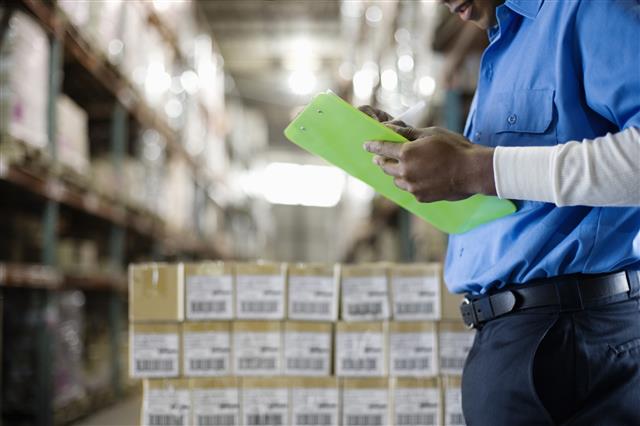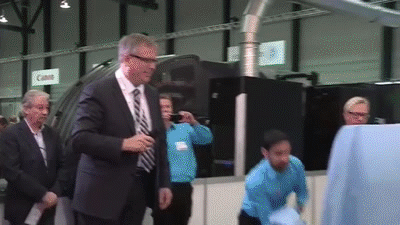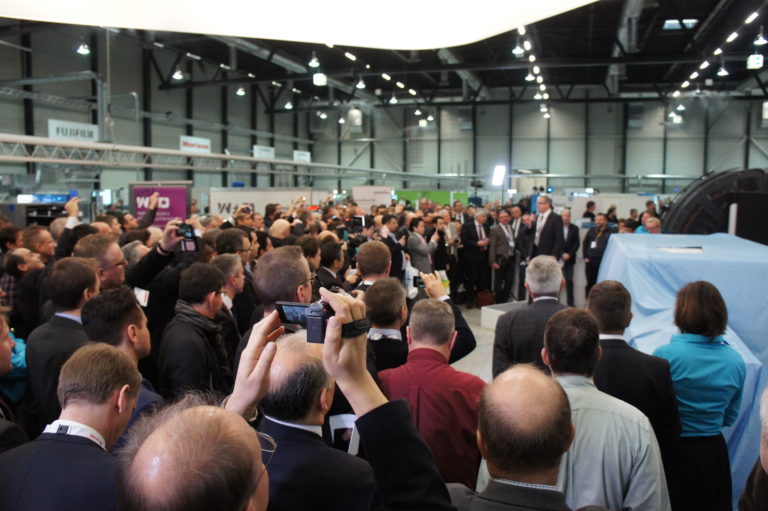When Hurricane Katrina struck the Gulf Coast in 2005, it left New Orleans-based commercial printer Pel Hughes LLC quite literally under water, its business destroyed.
Through membership in the Imaging Group Network, however, Pel Hughes executives were soon in touch with supportive colleagues who helped them get back on their feet. One was Harry Stephens, president and chief executive officer of DATAMATX in Atlanta, who made his shop available to Pel Hughes to keep their business running while they sorted out their situation. The arrangement worked, in part, because DATAMATX used the same Xerox printing equipment that Pel Hughes had been running. As a result, Pel Hughes today has a thriving business in a 35,000-square-foot facility with more than 65 employees.

Would the result have been the same if Pel Hughes had been using inkjet equipment?
Certainly the task of finding a partner with spare capacity on production inkjet printers that could run the Pel Hughes applications without modification would have been much more challenging. One reason: given the significant capacity, floor space and capital requirements for inkjet presses, few print providers can justify acquiring a second system for redundancy.
The Pel Hughes situation points to issues that all print shops face. How do you backup your inkjet press operation? Can you establish inkjet redundancy in your plant? How do you handle overflow work? Is it possible to establish remote networks of inkjet devices to enable printing closer to the point of need?
In our view, taking on these challenges requires some new inkjet product options. To make redundancy and distributed printing affordable, these products would have to cost substantially less than the behemoths that dominate the industry today. The new designs would need a much smaller footprint to fit into most shops and distributed locations. They would need to be flexible enough to run the full range of transactional, promotional and publishing applications that account for much current and projected inkjet volume. Of course the presses would need to print substantial volumes at high speeds with good quality, excellent reliability and white-paper-in productivity. And they would need to be easy to operate, particularly in distributed locations.
Xerox has long been dedicated to meeting customer needs, often with disruptive technologies. We invented the laser printer, created the digital publishing industry with the DocuTech, and made digital color printing offset-like, reliable and highly productive with the iGen. We acquired the French inkjet company, Impika, in 2013 with the intent of helping the inkjet market’s future.
Very soon, you will begin to see what we have in mind.
**UPDATED 2/23: EDITORS NOTE**

On February 23 at Hunkeler Innovationdays in Lucerne, Switzerland, we launched the Xerox Rialto 900 Inkjet Press, the first-ever fully-integrated roll-to-cut sheet press that packs big performance into a smaller, more efficient, more accessible inkjet package.
Check out our blog to learn more, see the full unveiling on YouTube, or visit the Xerox Rialto 900 Inkjet Press on Xerox.com for full product information.




Comments are closed.